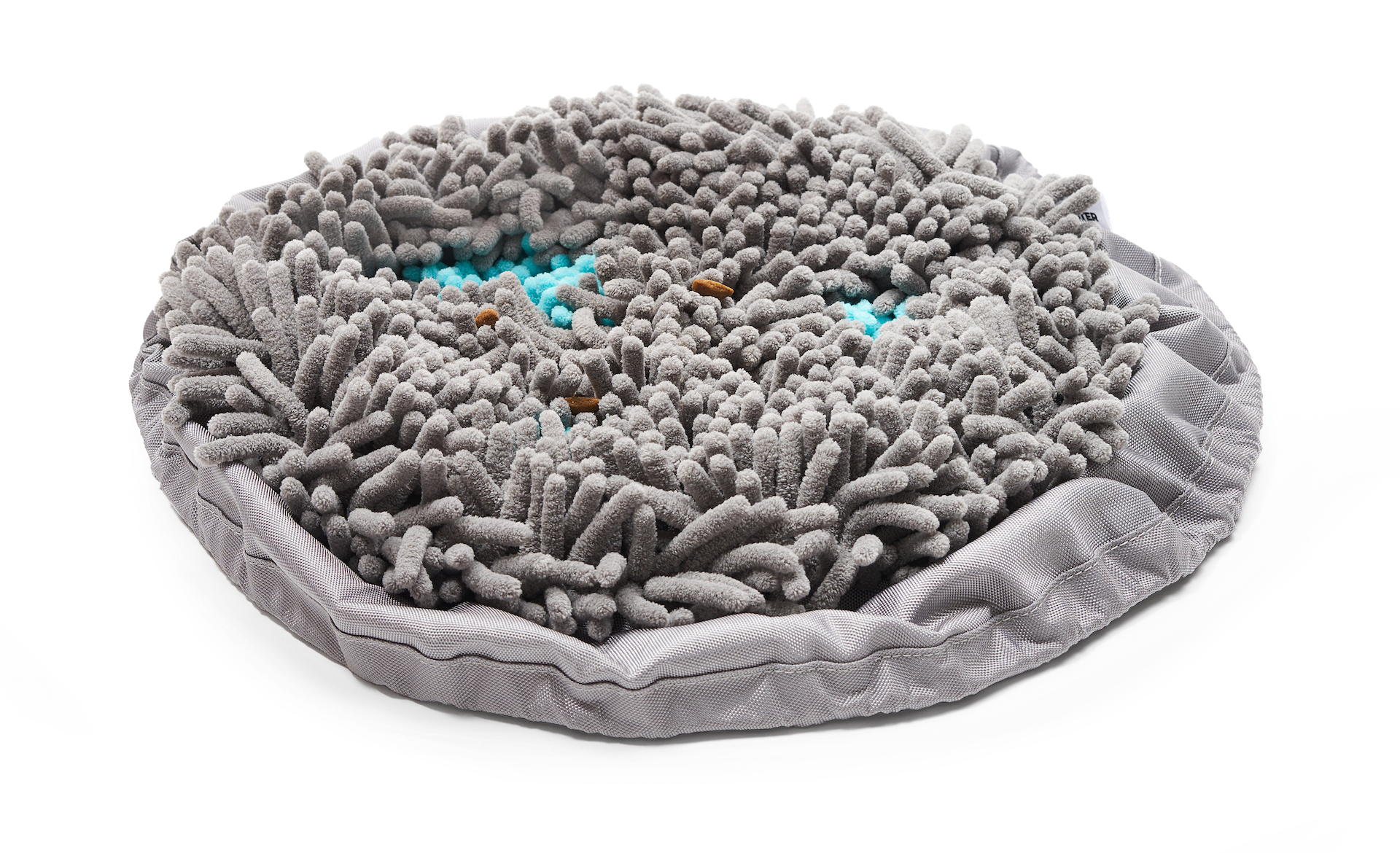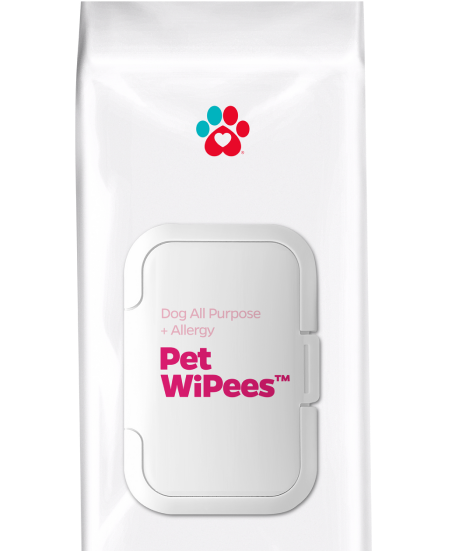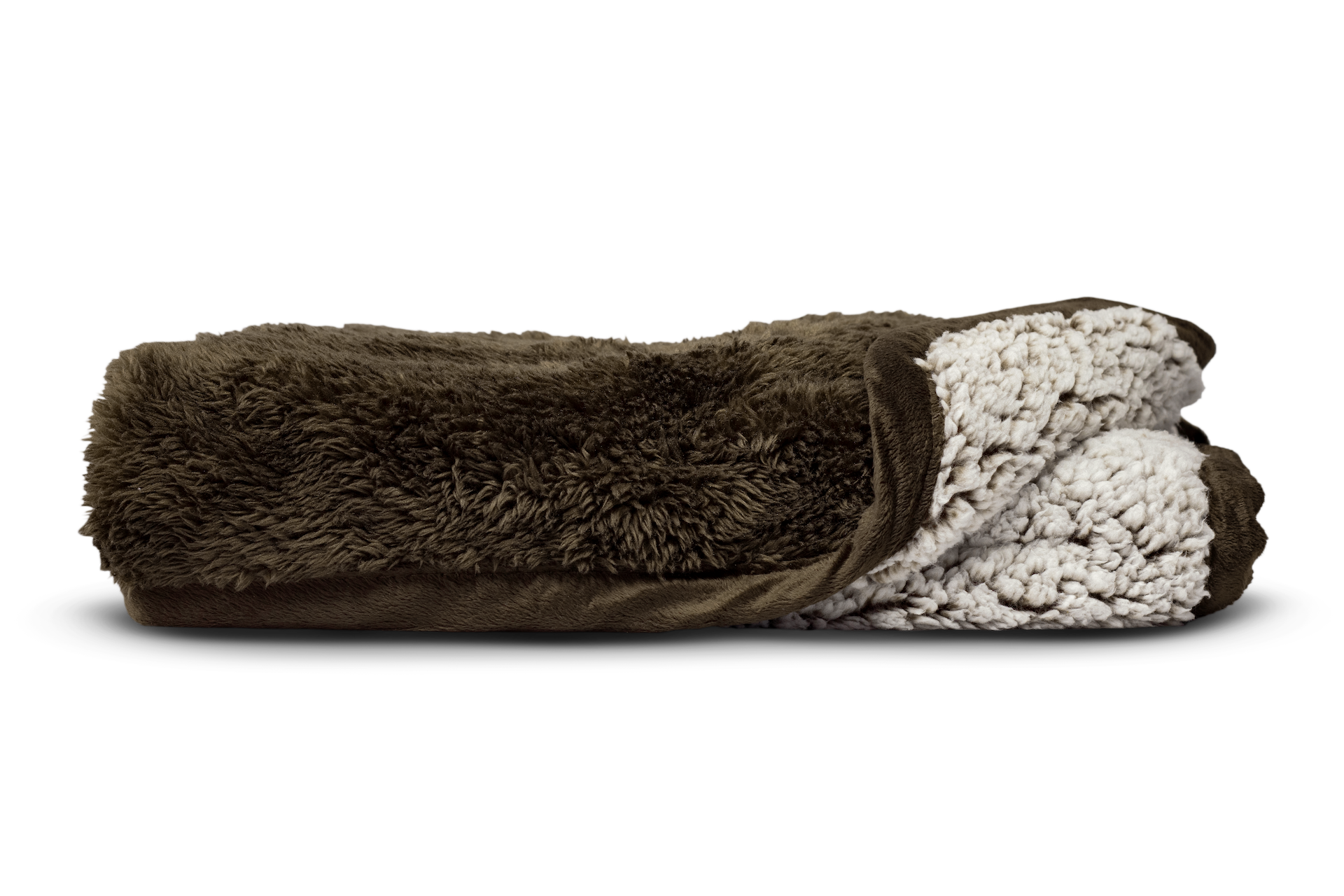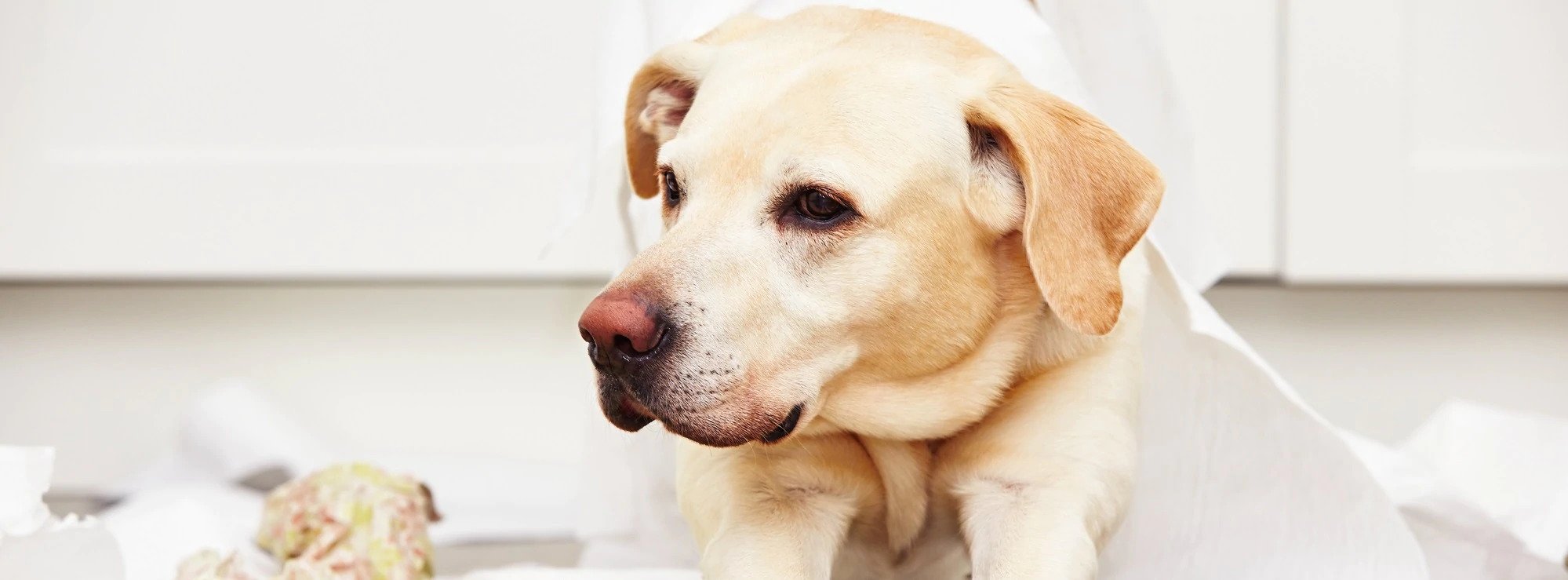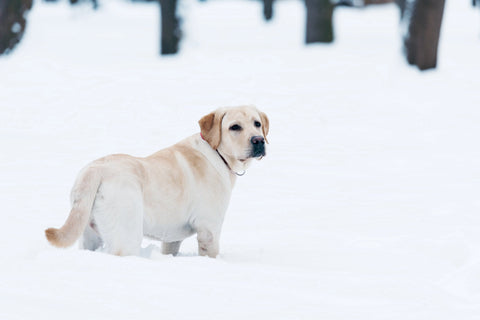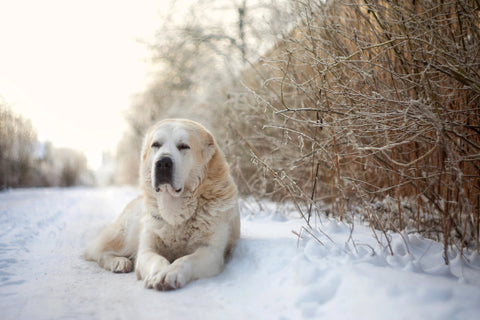When you have a dog, you will be faced with a variety of problems that may come and go in your fur-baby’s growth and development. One of these is separation anxiety. Separation anxiety in dogs can be more complex than what humans experience because they do not have the ability to tell us directly what they are going through. You might ask yourself, “how do I know if you dog has separation anxiety?” Identifying and understanding your fur-baby’s separation anxiety is a stepping stone in helping your fur-baby to stay happy and healthy.
When raising a dog, it is common that you will encounter a lot of separation anxiety episodes. Learning about dog separation anxiety can help you to identify the top common signs of anxiety in dogs.
But how do pet parents know that what their dogs are having is separation anxiety and not just some behavioral problems? Read on and we will look at the top symptoms of separation anxiety in dogs.

What is Separation Anxiety in Dogs?
Separation anxiety is a behavioral problem where your dog becomes anxious when they are apart from you. Your dog can also have separation anxiety from a family member or from any of your other pets at home with whom your dog has grown close.
The symptoms of separation anxiety can vary from one dog to another but being terrified to be left all by their own is almost common to all. Patricia McConnell, Ph.D., a zoologist and Certified Applied Animal Behaviorist is known as an expert when it comes to dealing with dog anxiety. McConnell stated that even if we are not fully able to grasp what is in a dog’s mind, separation anxiety can be considered as a panic attack equivalent.
The Top Symptoms of Separation Anxiety in Dogs
Dogs can present stress in different ways so recognizing separation anxiety can be difficult. Here are some of the top signs of anxiety in dogs that your fur-baby may show on a regular basis.
Anxious Behaviors
Anxious behaviors like pacing, whining, or trembling while you’re gone or as you prepare to leave is some of the top signs of anxiety in dogs. These anxious behaviors are your dog’s way of reacting that they are not comfortable with what is happening.
Whining is one of the most common signs that your dog is anxious. This whining is often followed by gestures, like yawning, lip licking, or averting the eyes. These appeasement gestures show that a dog is trying to calm themselves down.
It is common for dogs to pace, whine, or tremble when they go through any intense emotions like fear or dog anxiety. If you notice this behavior starts when you try to leave a room or your house, it is a clear indication that your dog is experiencing separation anxiety.
Excessive Barking or Howling
Excessive barking or howling is your dog’s way of getting attention. Dogs often bark when they want something, such as going outside, playing, or just getting your attention.
Dogs that are experiencing separation anxiety may also excessively bark or howl to communicate their need for the “scary” or stressful thing or situation of being alone and away from you to go away. Helping your fur-baby learn that being alone is not a threat is the key.
"It is common for dogs to pace, whine, or tremble when they go through any intense emotions like fear or dog anxiety."
Destructive behaviors
Destructive behaviors such as digging, particularly around doors or windows, and excessive chewing are top signs of separation anxiety in dogs. Dogs often exhibit destructive behaviors when they suffer from separation anxiety to relieve anxiety or as an outlet for excess energy. This also helps them relieve the boredom of waiting for you to come back.
Excessive salivation, drooling, or panting
Excessive drooling when your dog is left alone is a sign of separation anxiety. If your fur-baby drools or pants excessively, it is a sign that they are having a stress response and trying to cope with being left alone.
Escapes
Desperate and prolonged attempts to escape confinement is another sign of separation anxiety. Escape attempts have the potential to end in serious injury, so it is important to take cautionary steps if your dog is attempting to escape. Learn more about preventative steps to take for dog anxiety here.
Dogs with separation anxiety will try to escape immediately after you leave to follow you or find you! According to the Humane Society of the United States, your fur-baby may be escaping because they are bored and lonely, especially if they are left alone for a number of hours without opportunities of being with you.
If your fur-baby breaks out with the intention to look for you, they may not go far from home. However, this can still be a very dangerous situation. It is better that before you leave, make sure your dog is confined in a comfortable crate or in a small room with enough food and water.
Inappropriate Peeing and Pooping
When your fur-baby has separation anxiety, inappropriate peeing and pooping are common. No pet parent likes coming home to a house full of stinky and messy surprises. Anxiety peeing and pooping is not because your dog trying to disobey you or drive you crazy. It is just because they simply could not help it!
To help manage this, have your fur-baby wear Pet Parents® Washable Dog Diapers when they are left alone. These dog diapers help prevent messy and crazy cleanups. So even if your fur-baby just can’t help but pee and poop in inappropriate places when you are not around, you know they will still be dry and clean because they have Pet Parents® Washable Dog Diapers on.
What makes these diapers even better? These are great dog diapers for both pee and poop because they are made with soft non-abrasive WickQuick® proprietary fabric that wicks away any liquid fast. This helps prevent diaper rash and urine burns, allowing your pup to be comfortable and avoid laying in their mess.
Coprophagia
Coprophagia is the practice of eating stool (poop). Yes, we know! It sounds disgusting that your fur-baby is eating their own poop or your other pet’s poop. Isolation and being left alone triggers coprophagia. This can be one of the common signs of anxiety in dogs, specifically separation anxiety.
You may notice that your fur-baby has accidents when you are not home, but does not have one when you get home. This is another situation in which Washable Dog Diapers will come in handy.
Extreme Emotions
Extreme emotions are the top signs of separation anxiety in dogs. Your dog may suddenly become aggressive towards other people or other pets when you are not around. Your dog may also become overly excited when you return home.
To help calm down your fur-baby, give them Pet Parents® Calming SoftSupps®. Calming SoftSupps® act as alternative anxiety meds for dogs. These supplements provide your fur-baby with powerful ingredients that help your dog to calm down. Calming aids for dogs can make a huge difference in your dogs separation anxiety. That is why Calming SoftSupps® include ingredients such as valerian root for dogs, taurine supplement for dogs, and Suntheanine®.
These calming chews are the best calming aid for dogs with separation anxiety as these also contain Organic Hemp Extract that is rich in healthy properties that promote calming effects. These alternatives to anxiety meds for dogs help your fur-baby cope with external stresses.
"To help manage this, have your fur-baby wear Pet Parents® Washable Dog Diapers when they are left alone. These dog diapers help prevent messy and crazy cleanups."
The Sad Truth About Separation Anxiety in Dogs
Sadly, according to research published in the Journal of Applied Animal Welfare Science, the symptoms of separation anxiety in dogs are also the reasons why most pet parents get give up their pet dogs or turn them in to shelters. It is especially unfortunate because separation anxiety in dogs can be managed and treated if you are willing to dedicate some time and attention. If your pet is struggling with separation anxiety, check out How to Help a Dog with Separation Anxiety and The Pet Parents® Guide to Dog Anxiety.
No matter how much trouble it may seem to be, the good news is that separation anxiety can be curbed and/or prevented. You’ve already taken the first step by asking, “How do I know if my dog has separation anxiety?” Now that you know the symptoms of separation anxiety in dogs, learn how to plan the right foundation to help your dog cope up with it. Socialization, crate training, and calming supplements for dogs are all measures that will help your fur-baby become a well-behaved dog even if you are away.

